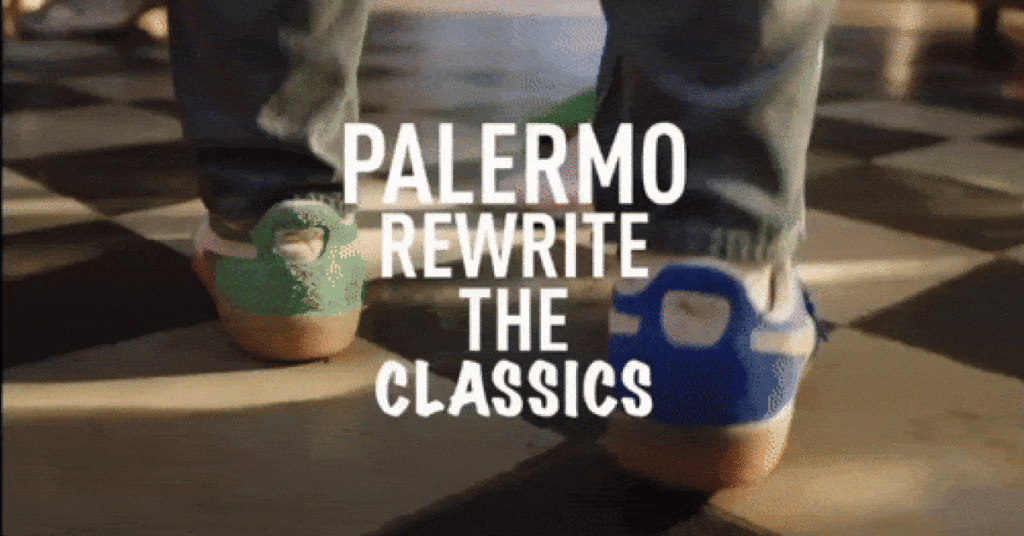The Museum of West African Art (MOWAA) has revealed its captivating new brand identity and website in a lively celebration of culture, creativity, and scholarship. The new branding’s adaptable style is a beacon, ready to make a lasting impression in the digital realm and beyond. Let’s explore their extraordinary rebrand which transports us on a journey through the rich tapestry of West African art, where tradition and modernity converge in a harmonious dance.
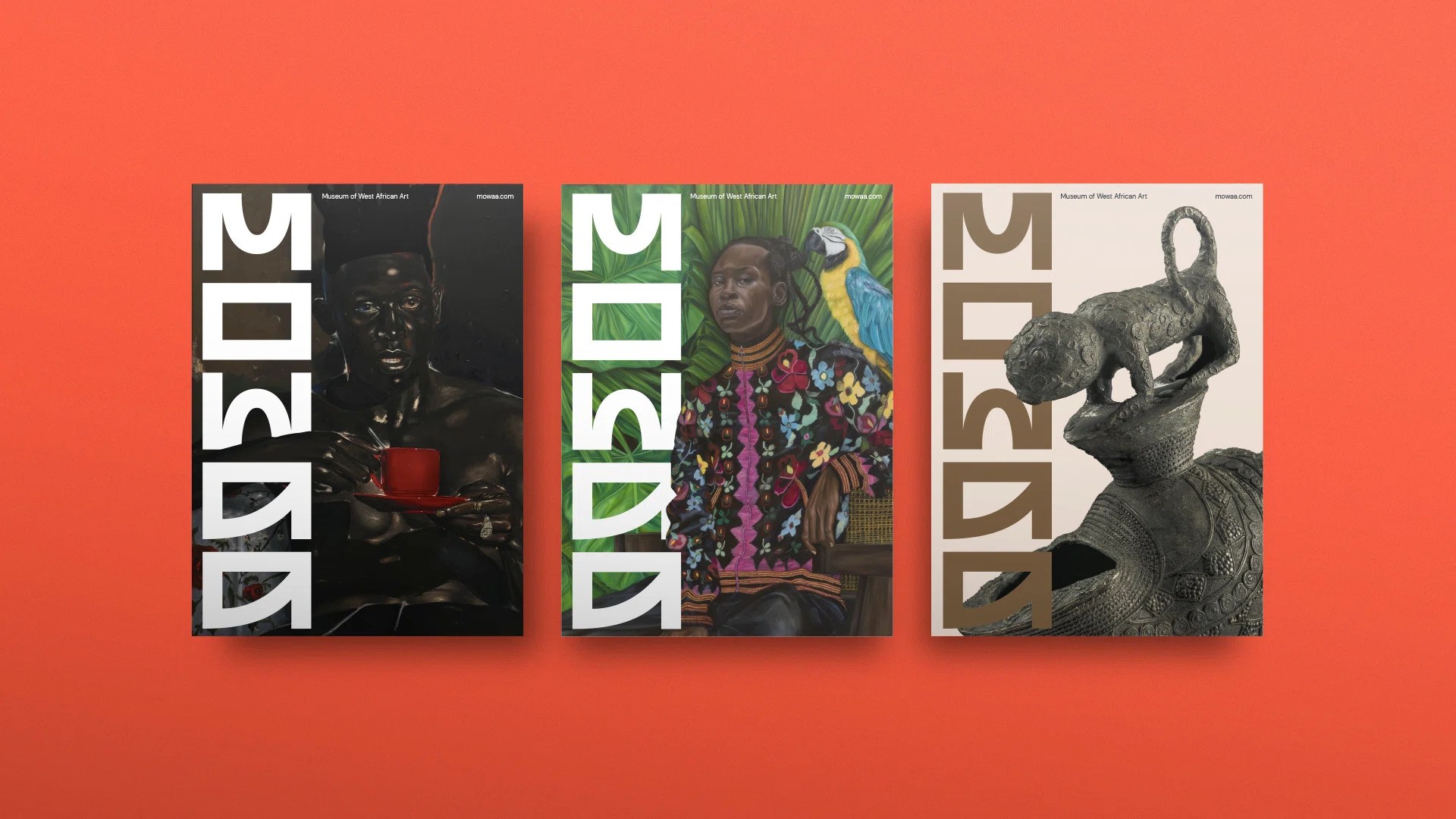
Bridging the Past and Present
Throughout the branding, there’s a sense of tradition meeting an ever-growing and fluid landscape. Heritage is showcased as artifacts, and the budding creative scene is declared with a focus on contemporary paintings and moving assets. With London-based branding studio Human After All, known for projects with societal impact, leading the visual identity redesign, the new identity reflects MOWAA’s mission of amplifying contemporary African artists and expanding access to art and culture. Human After All’s approach to MOWAA’s brand identity is a masterful blend of heritage and fluidity.
The team decided that the branding had to sit ‘at the intersection of the past and present’, with the logo being inspired by the ‘static strength’ in the Edo architecture of the building. By centering the artworks at every turn, the studio has captured the essence of West African culture, where ancient artifacts and contemporary paintings coexist in a symphony of expression. From the recurring patterns that echo through the branding to the moving assets that shine a light on the works of visionary artists like Onyeka Igwe, MOWAA’s identity strikes a delicate balance between authenticity and global impact.
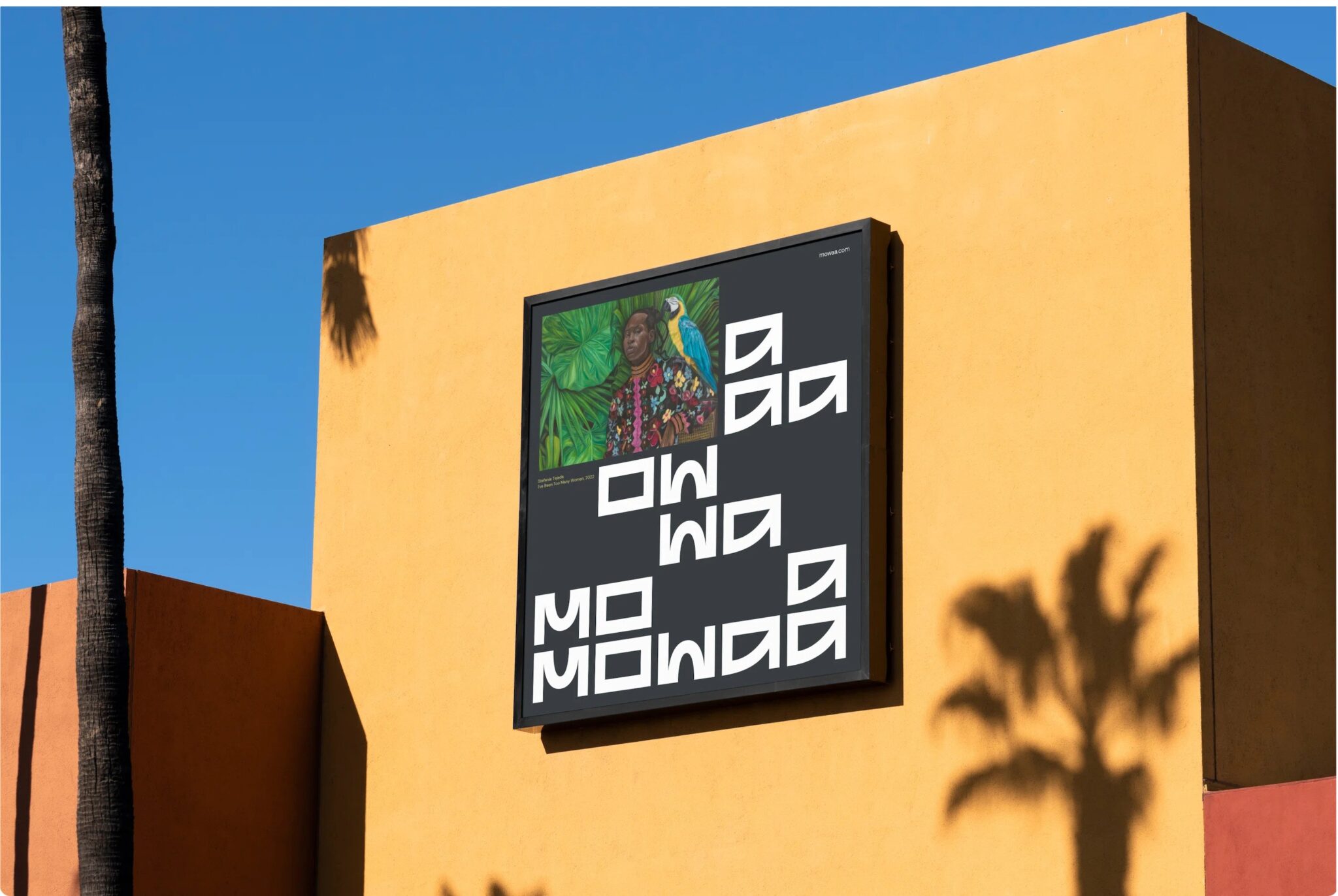
A Logo Inspired by Architectural Resilience
At the heart of MOWAA’s new identity lies a logo that pays homage to the iconic Edo architecture of the museum’s physical site. Inspired by the “static strength” of the block buildings and their contemporary arches, the mark can be stacked or aligned horizontally, reflecting the flexibility of the exhibition spaces and the diverse elements that converge within its walls. This dynamic logo embodies the institution’s commitment to showcasing the history and evolution of West African art and culture.
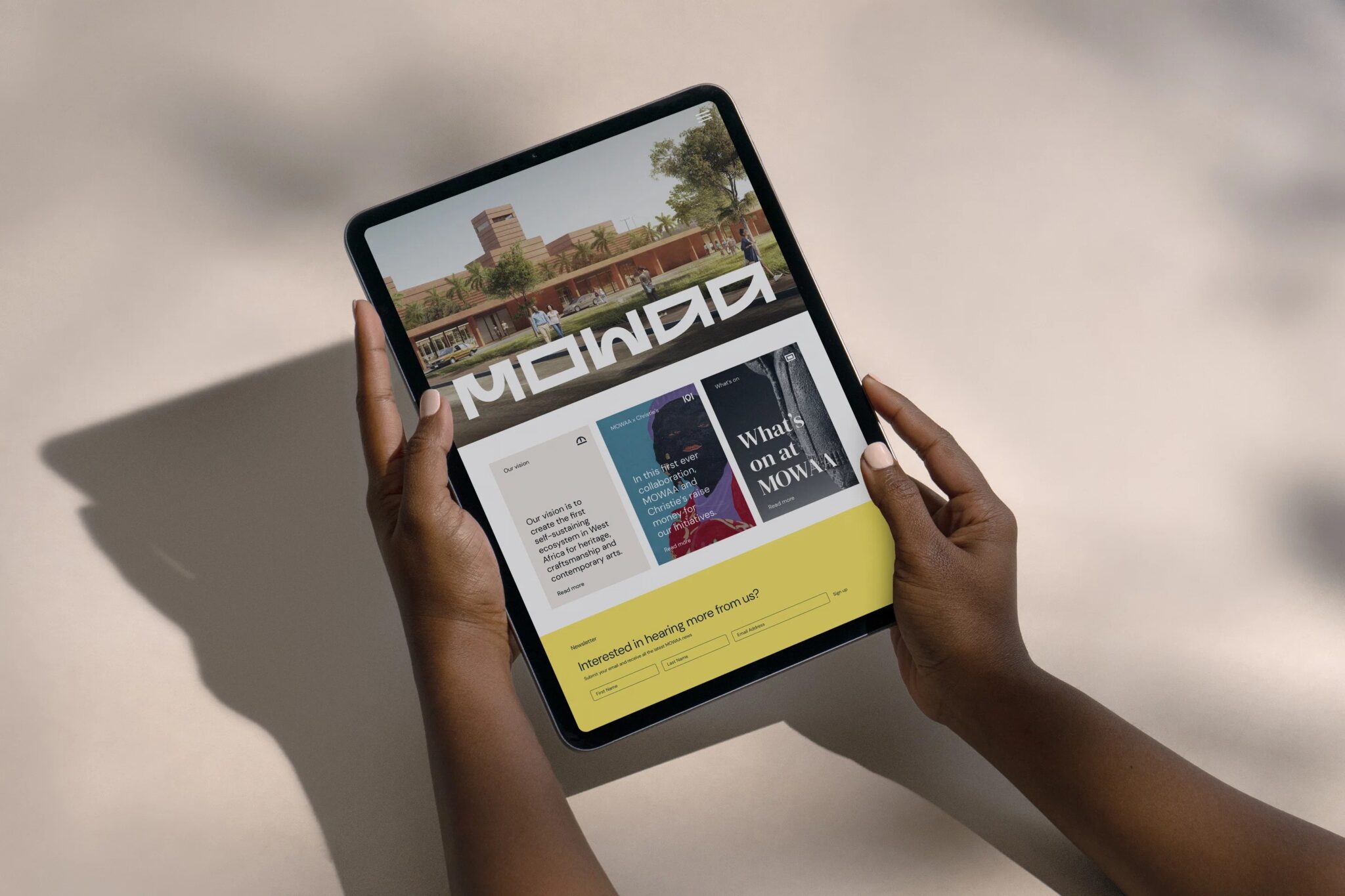
Embracing Nature’s Hues and Textures
MOWAA’s brand identity is further enriched by a color palette that draws inspiration from the natural environment. The imagery, although not initially controllable, seamlessly integrates with the design, allowing the artwork to shine. Earth tones, vibrant yellows, and outdoor backdrops lend an organic feel to the visuals while steering clear of stereotypical color combinations. This thoughtful approach ensures that the brand’s visual language resonates with the institution’s conceptual mission and physical manifestation, reflecting the harmony between art, culture, and the landscape that nurtured them.
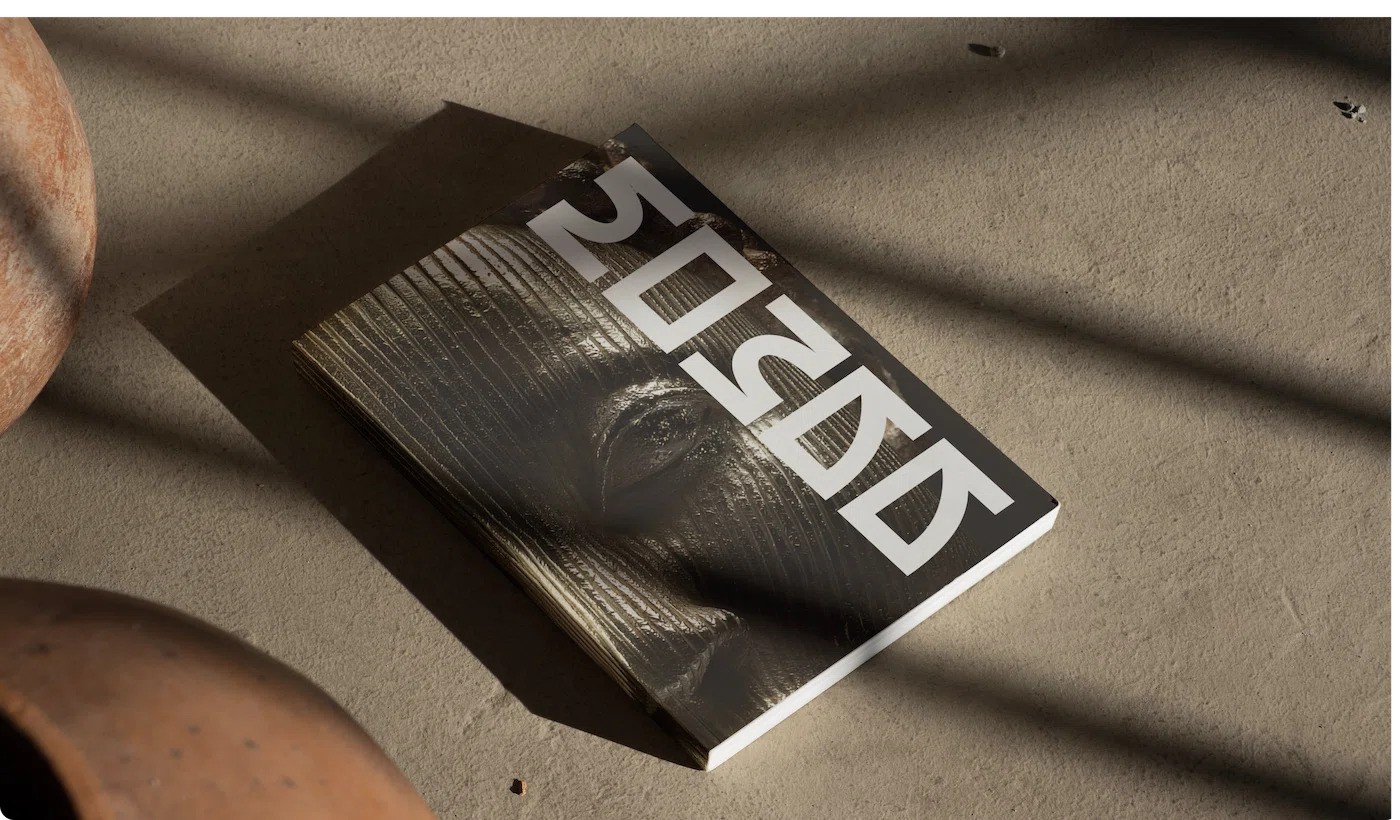
Bottomline
As the Museum of West African Art prepares for its phased opening, its new brand identity stands as a powerful testament to the enduring legacy and contemporary vitality of West African art. With Human After All’s visionary design, MOWAA is poised to become a cultural nexus, amplifying the voices of African artists and connecting with audiences both near and far. Prepare to be captivated by the rich tapestry of creativity that unfolds within these digital and physical walls, where the past and present converge in a celebration of artistic expression.

